foundation problem.....
krissie55
13 years ago
Related Stories
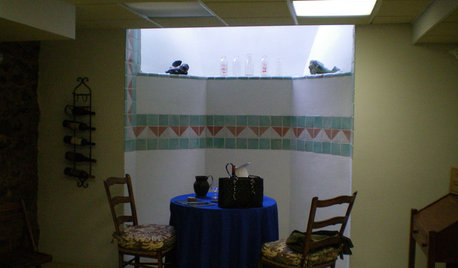
BASEMENTSBasement of the Week: High-End Problem Solving for a Show House
Dark and dated? Naturally. But this '70s-style basement had myriad other design issues too. See how the designer rose to the challenge
Full Story
REMODELING GUIDESThe Hidden Problems in Old Houses
Before snatching up an old home, get to know what you’re in for by understanding the potential horrors that lurk below the surface
Full Story
HOUSEKEEPING10 Problems Your House May Be Trying to Show You
Ignore some of these signs and you may end up with major issues. We tell you which are normal and which are cause for concern
Full Story
ECLECTIC HOMESHouzz Tour: Problem Solving on a Sloped Lot in Austin
A tricky lot and a big oak tree make building a family’s new home a Texas-size adventure
Full Story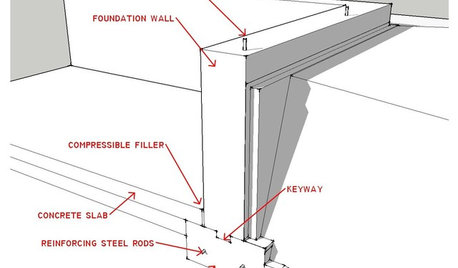
ARCHITECTUREKnow Your House: What Makes Up a Home's Foundation
Learn the components of a common foundation and their purpose to ensure a strong and stable house for years to come
Full Story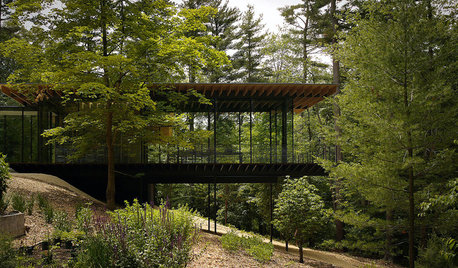
ARCHITECTUREHow Will Your New House Meet the Ground?
The choices you make early on affect the whole project. Here’s how to make your house beautiful from the foundation up
Full Story
HOUSEKEEPINGProtect Your House From Winter Water Damage
Avoid costly repairs by learning to spot potential problem areas before water damage is done
Full Story
REMODELING GUIDES9 Hard Questions to Ask When Shopping for Stone
Learn all about stone sizes, cracks, color issues and more so problems don't chip away at your design happiness later
Full Story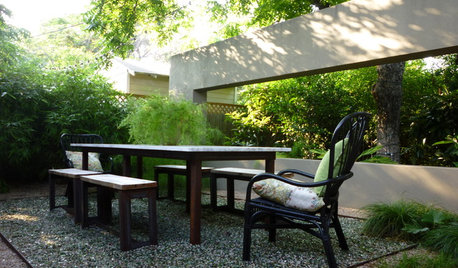
LANDSCAPE DESIGNIn Austin, a Backyard Wall Provides More Than Privacy
Designers solve a common privacy problem — and create some unexpected play — with a clever screening solution
Full Story
LIVING ROOMSA Living Room Miracle With $1,000 and a Little Help From Houzzers
Frustrated with competing focal points, Kimberlee Dray took her dilemma to the people and got her problem solved
Full StoryMore Discussions






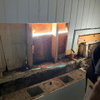


macv
krissie55Original Author
Related Professionals
Prairie Village Kitchen & Bathroom Remodelers · Chowchilla General Contractors · Country Club Hills General Contractors · Groveton General Contractors · Norridge General Contractors · Perrysburg General Contractors · Rancho Cordova General Contractors · Red Wing General Contractors · Signal Hill General Contractors · Syosset General Contractors · Woodstock Painters · Huntington Park Painters · Kenner Painters · Rye Painters · Saint Andrews Paintershomebound
User
macv
brickeyee
krissie55Original Author
User